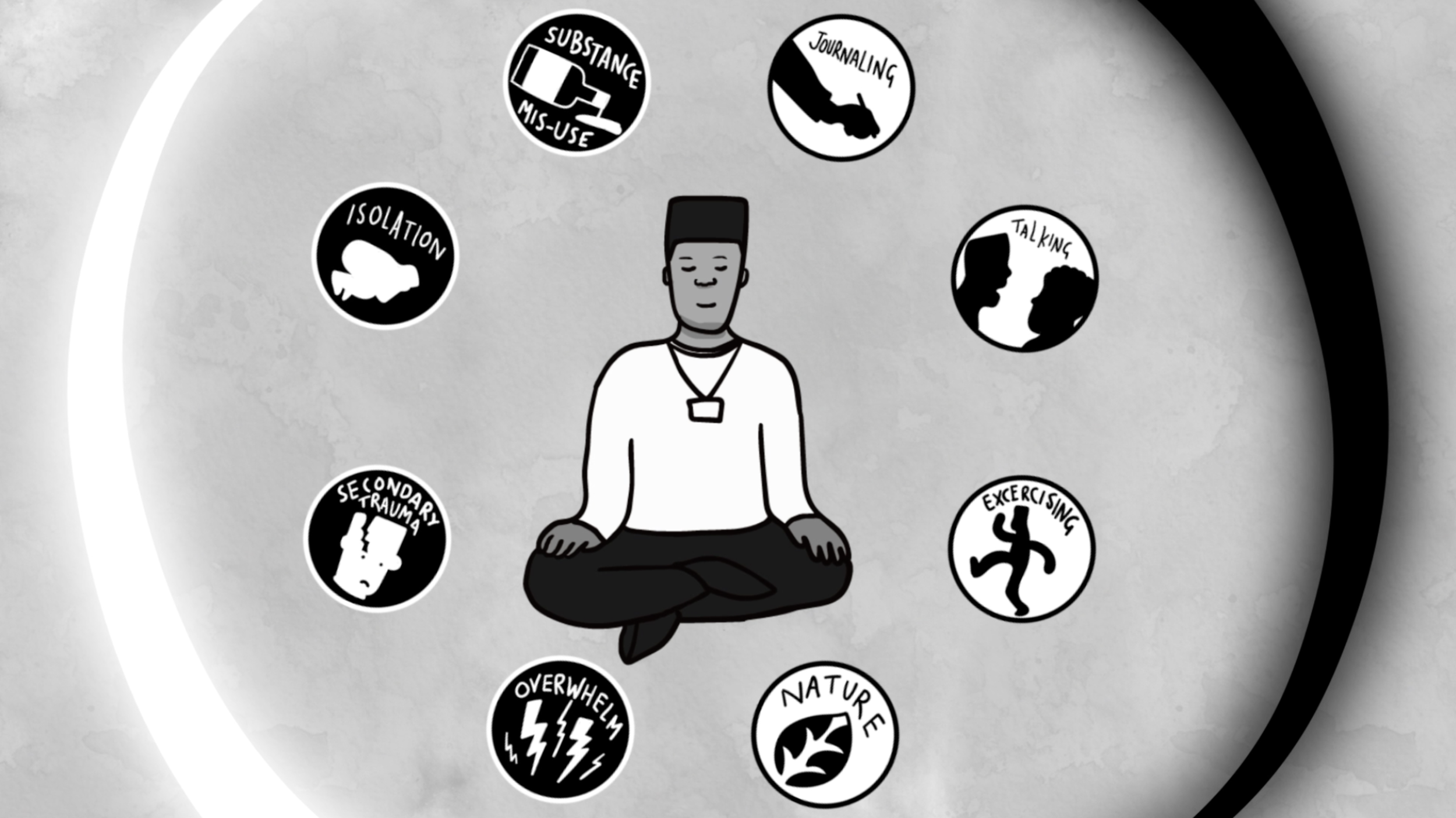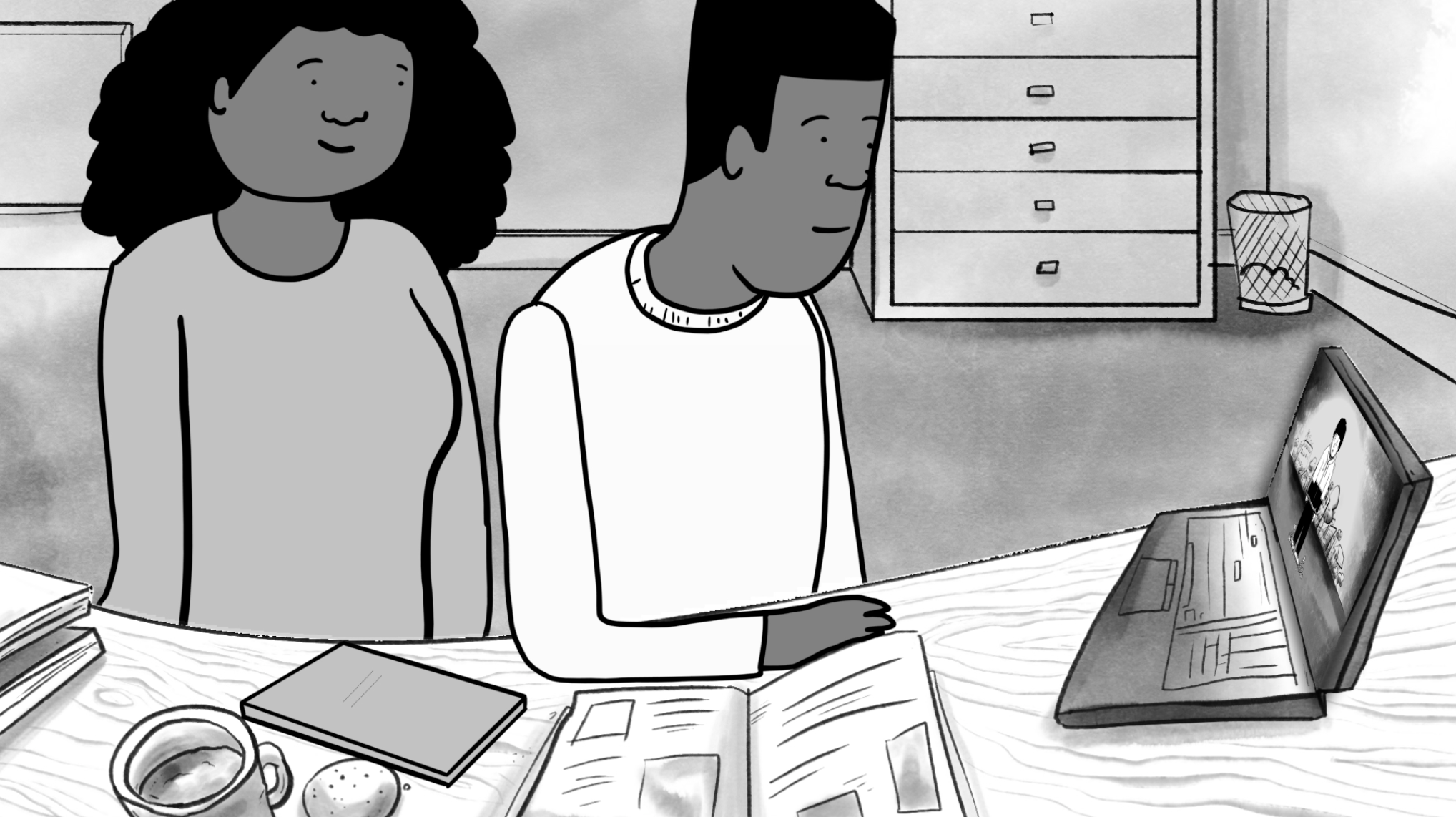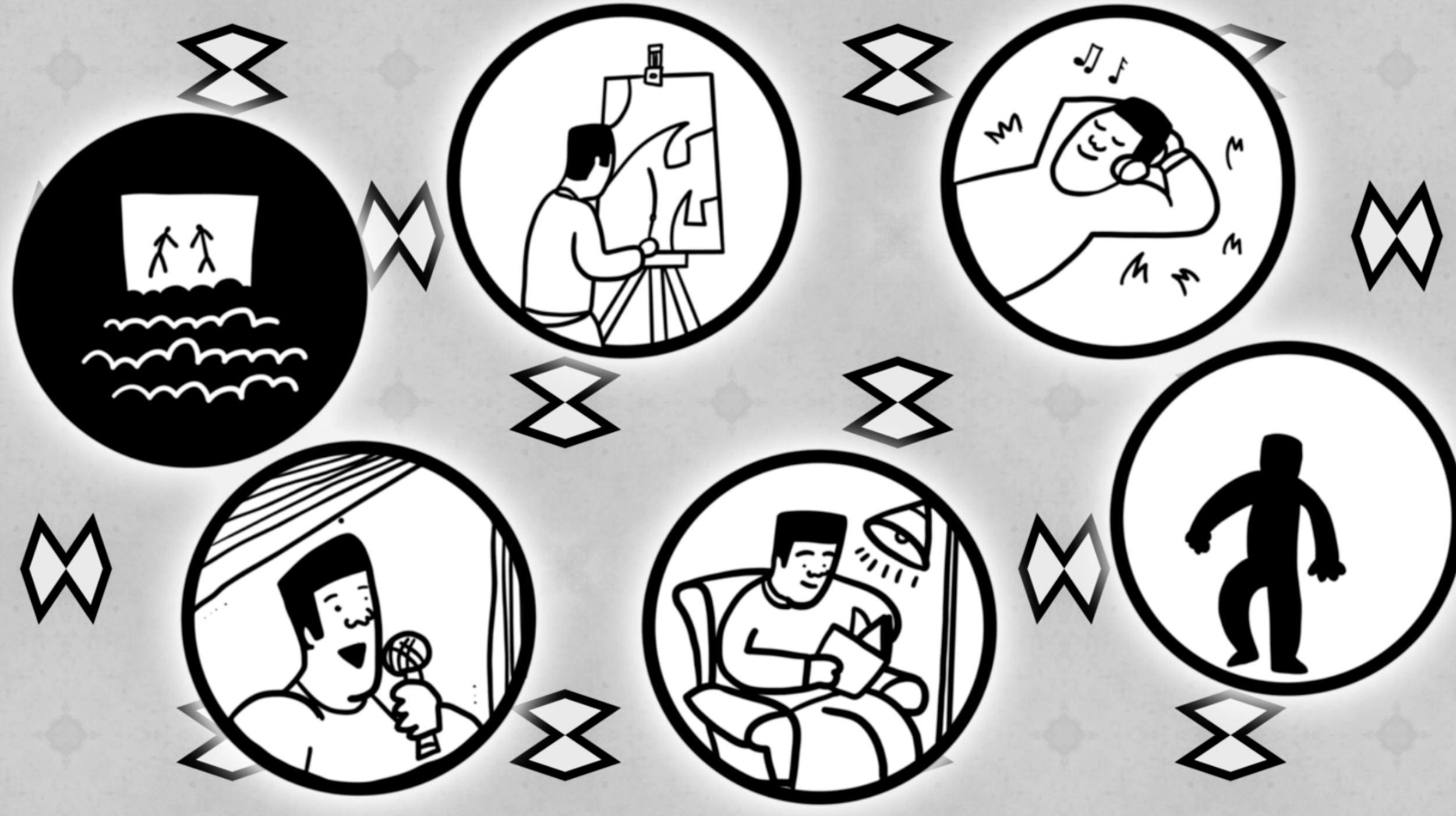Supporting professionals impacted by trauma
Our trauma-informed projects support the creative and emotional needs of Children and Young People at times in their lives when they need it the most. When we enter into hospitals, PRU’s, refugee settings, schools and going online, we make space for creativity to flourish and the stress of overwhelming experiences to be processed through relationships and play.
However, the impact of this continual exposure to the distress of our participants and partners can place our team of Artist practitioners and Staff members at risk of becoming overwhelmed, feeling powerless and in distress themselves. It is well documented that those in caring professions, who use their empathy as a daily method of connecting to others, can also carry the burden of stressors which may not be their own. Our trauma-informed understanding of the Autonomic Nervous System suggests that this often takes place outside of conscious thought, and if left unattended can cause significant harm to a practitioner’s mental health and wellbeing.
Wellbeing risk factors can include developing secondary traumatic stress, compassion fatigue and burnout - all of which are recognised as significant hazards to a professional’s capacity, and can be broadly understood as a ‘trauma exposure response’ within the concept of Trauma Stewardship - defined by Laura van Dernoot Lipsky as “the daily practice through which individuals, organisations, and societies tend to the hardship, pain or trauma experienced by humans, other living beings or the planet itself”*
Animating Adversity part 4 - Advocating for the needs of professionals impacted by trauma.
We wanted to find our own way to raise awareness to these issues and offer suggestions, which in our experience, can enable and foster practitioner wellbeing. We collaborated with our Associate Artist Robin Lane-Roberts to create the story of an empathic educator as he processes the trauma of his work and engages in supportive and regulating activities. You may recognise some of the characters from our previous animations which make up our ‘Animating Adversity’ series which can be viewed here. In addition to the animation, we also have an accompanying illustrated essay. This activity was generously funded by The Mayor of London and Tower Hamlets Council as part of our Build programme. We hope that it may be supportive to anyone holding space for others, and be the starting point for the necessary connection and conversation which can allow the healing from trauma to take place.
*Laura van Dernoot Lipsky ‘Trauma Stewardship’ 2009, p.11
Part 4: Supporting professionals impacted by Trauma





